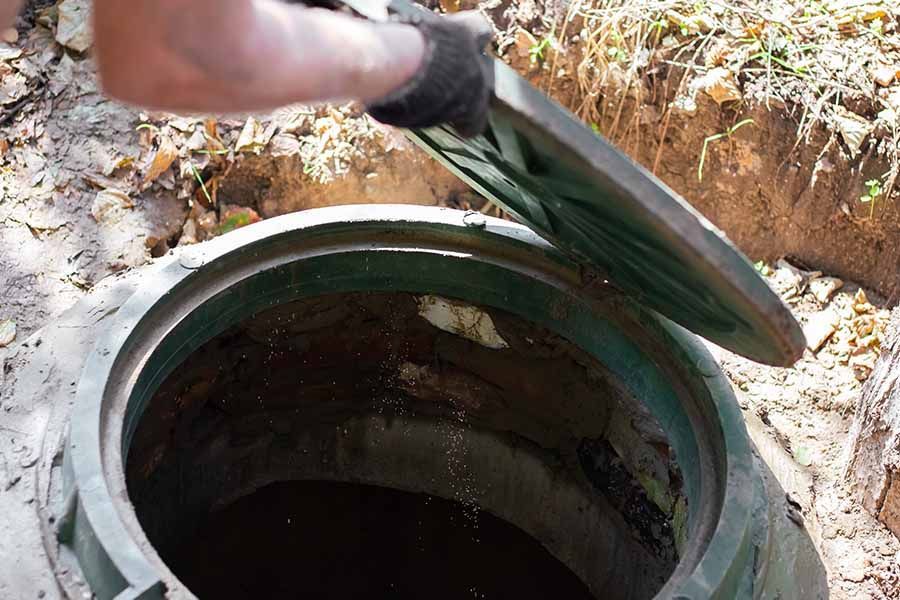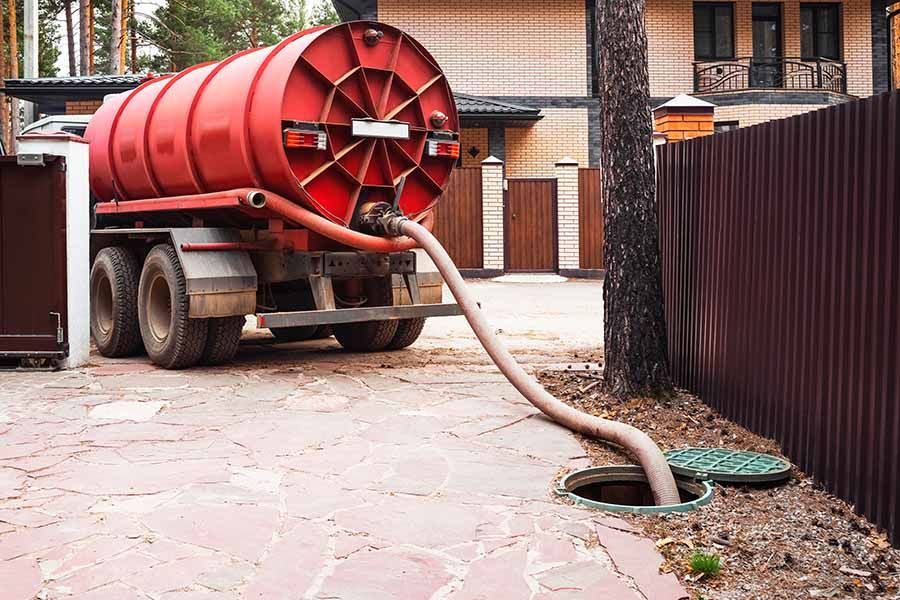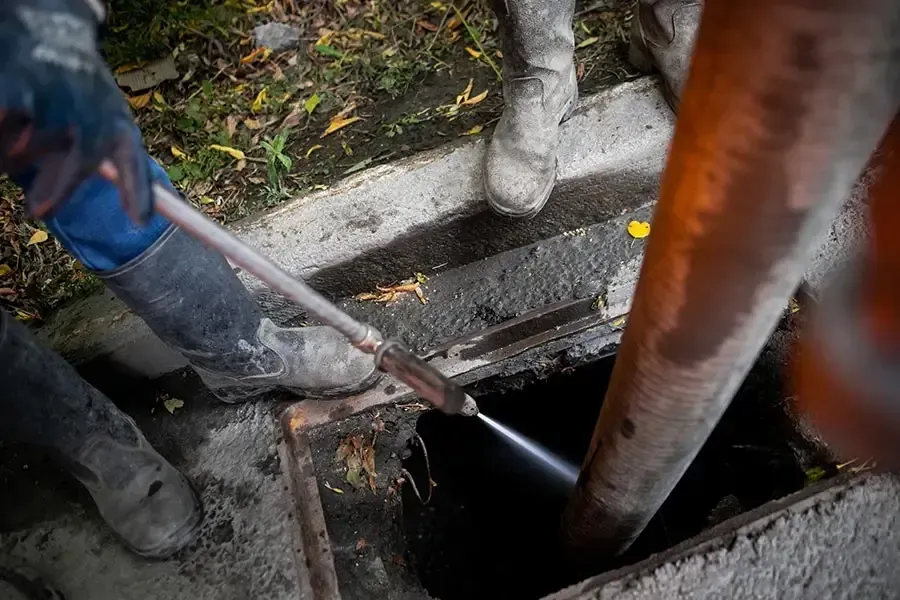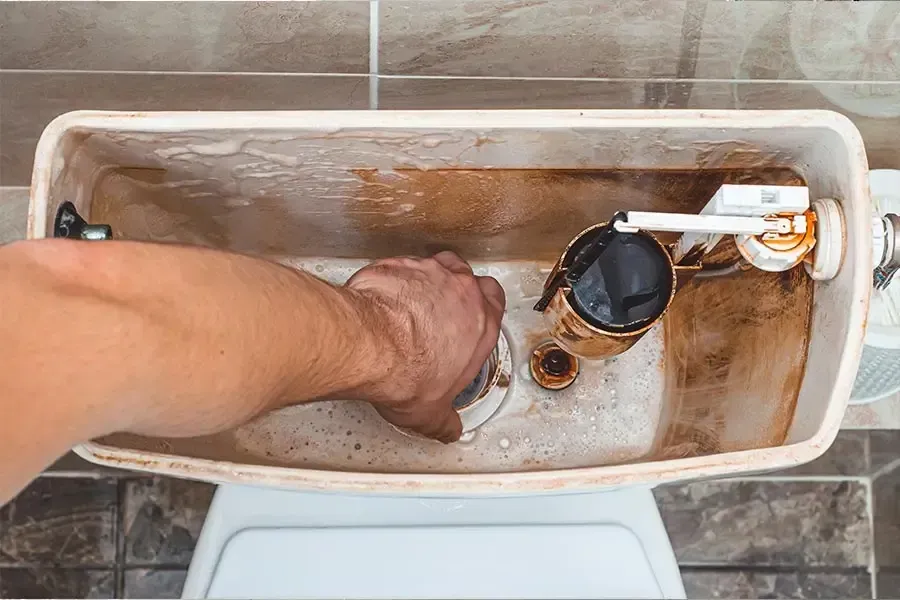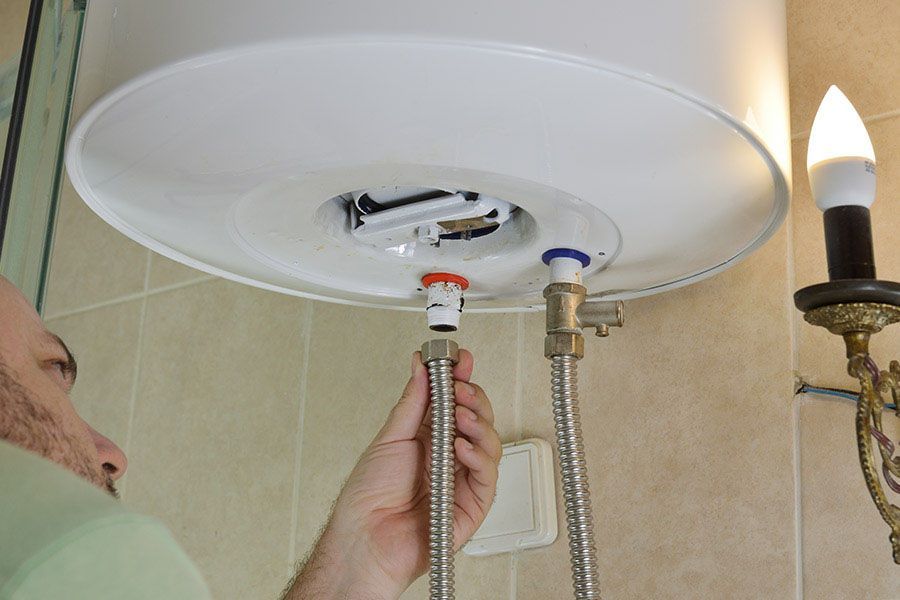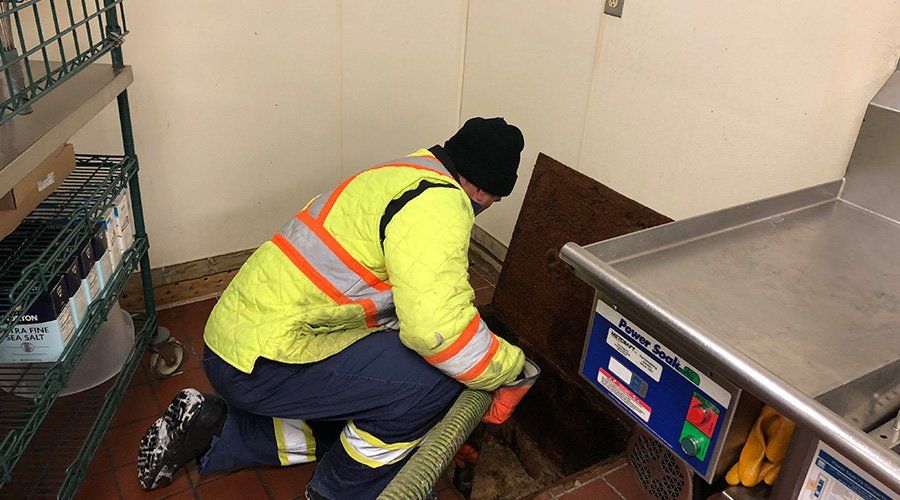
If you watch TV you have likely seen Gordon Ramsay go ape s***t on restaurant staff who do not have clean kitchens. It’s a diner’s worst nightmare to find out the place where they eat is filthy and potentially deadly. Now, thankfully, that scenario is pretty rare because of things like regular health inspections and responsible restaurant owners who work very hard to provide quality food and a clean business. Food premises are inspected on a regular basis to ensure compliance with the Food and Food Handling Establishments Regulation under The Public Health Act. Inspections determine if minimum standards and practices are being followed with respect to general food handling, storage temperatures, sanitation, employee hygiene and equipment or food contact surface disinfection procedures for the specific type of processes and foods involved. Showing that your entire facility is practicing safe food handling and proper cleanliness procedures is very important.
A restaurant owner has a lot of tasks to handle every day and one of the foremost has to be the cleanliness of their kitchen to ensure patrons don’t get sick. A big part of keeping the kitchen clean is washing everything down every day, dishes, pots, pans, counters and prep areas as well as the cooking appliances and grills.
All the washing required in a busy restaurant creates greasy water that must exit the kitchen through the drains and pipes. Incorporated into the waste water pipes; as part of the restaurant building requirements, is a very important mechanism called a grease trap – a plumbing device that collects grease, fats and oils and prevents it from going down into the sewer system. Fats, oil and grease tend to harden as it cools and then it sticks to the inner lining of sewer pipes, eventually causing a blockage. A grease trap will protect your sewer system and prevent expensive sewer blockages from occurring. If a sewer becomes blocked on your street the workers will trace the cause back to the source and the business owner identified can be held responsible for the cost of the clean-up. It’s very important therefore that your staff and facility can be quickly ruled out in case this occurs. A way to be sure that you are not at fault is to have BEST PRACTICES in place in your restaurant and take good care of your grease trap or grease interceptors.
Cleaning under-the-sink grease traps is a monthly task in most restaurants. Frequent cleaning is essential to keeping the trap functional and ensuring that excess grease does not escape the trap and flow into the sewer between cleanings.
Once the cleaning is complete then you need to enter the cleaning and the date into your wastewater hauler load ticket. This maintenance log is a record of how often you clean the trap and how full it is each time. Keeping accurate records is part of requirement of most city sewer bylaws. The record demonstrates that maintenance is performed regularly and that the business is paying attention to it’s grease output and maintaining the grease trap for maximum efficacy. The by-laws also require that the maintenance records for the previous months be available for inspection.
A grease trap is an indoor system located usually under the main dishwashers and sinks and it separates water from grease (the cool, congealing grease floats on the surface and is trapped in the collector box, the water flows beneath and out of the grease trap into the sewer). The grease trap also collects other fats and oils and prevents them from going into the sewer. A restaurant owner can clean their own grease traps or take advantage of the services of a professional grease trap cleaner like King’s Services.
Best practices to help make the best use of your grease trap
A grease trap removes grease, oils and fats from your kitchen waste water. It is key to ensure that your staff remove as much grease, oils (cooking oil, salad oils) and fats (butter, margarine, shortening, lard, mayonnaise) before it enters the grease trap. To do this kitchen procedures should be a part of training your staff in food preparation, dish washing and kitchen sanitation tasks.
Best practices include:
- Don’t put grease down the drain if it can be disposed of in the garbage – put greasy foods in the garbage
- Don’t put greasy foods down the drain or in the food waste grinder that drains to the sink
- Scrape grease off dishes and cookware before setting them in the dishwasher or sink –you can use paper towels or a spatula and drop it directly into a garbage bag inside a garbage can for safe disposal
- When cleaning dishes in the sink use a strainer to catch food waste. Then empty the contents of the strainer into the garbage
- Pour small amounts of cooking oil and grease into a container with a tightly sealed lid ( a large tin can or coffee can, or a small pail) and once it hardens, put it out for regular garbage collection
What happens if you don’t properly control grease flow out of your restaurant facilities and cause a sewage back-up?
Besides shutting down your own premises and the cost of dealing with raw sewage backing up into your facilities there are other consequences to improper grease disposal in Manitoba. In Winnipeg there is a Sewer By-law that applies to restaurant owners who have sewer back-ups traced back to their business:
Under part 13, section 80, of the Sewer By-law, an owner could pay penalties of:
- for a first offence, a fine of not less than $1000.00
- for a second offence, a fine of not less than $2500.00
- for a third offence, a fine of not less than $5000.00
In addition, the City can take remedial action at the owner’s expense. As a result, the owner could be charged the following:
- the cost of sewer cleaning to clear grease blockages
- the cost of correcting problems in neighbouring properties (e.g., sewer backup) as a result of violating the by-law requirement to have a properly functioning grease trap
